Sign up for our newsletter!
Your data will be handled in compliance with our privacy policy.
Your data will be handled in compliance with our privacy policy.
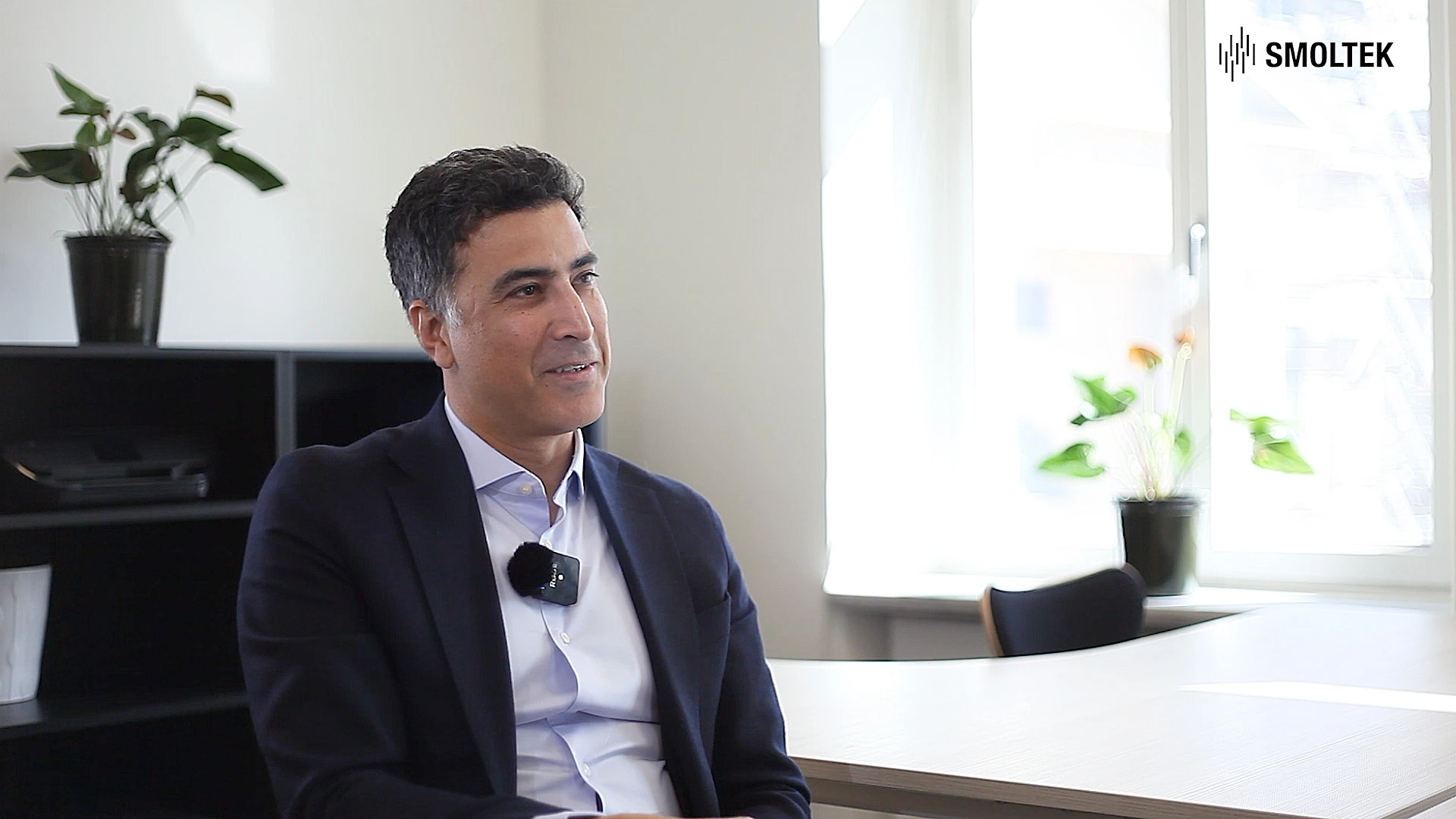
Smotek Semi is taking the next step in the development of the CNF-MIM capacitor technology, in technical collaboration with Yageo. And the next generation – Gen-One is expected to deliver a fivefold increase in capacitance density compared to Gen-Zero.
The Gen-One capacitors are based on a novel approach in converting a carbon nanofiber forest into a high capacitance density capacitor. This approach utilizes the valuable footprint area of the capacitor more efficiently while keeping the parasitic inductance and resistance at a minimum. This, combined with the expected increase in the length of the carbon nanofibers will be a leap forward compared to the Gen-Zero CNF-MIM capacitors.
The Gen-Zero capacitors was developed together with Yageo, one of the biggest capacitors manufacturers in the world. The capacitor technology development collaboration between Smoltek Semi and Yageo Group will continue, although Yageo has paused the discussions on an exclusive license and service agreement, and they will assist in the testing and evaluation of our upcoming Gen-One capacitors that are under development.
Smoltek Semi is still working very closely with Yageo to develop the CNF-MIM technology. And the next generation, Gen-One is expected to enable capacitance values on par with the top capacitors on the market.
Farzan Ghavanini, CTO
High capacitance in a small area – and the importance of volumetric capacitance density
Smoltek’s carbon nanofiber-based capacitor technology, CNF-MIM, creates high capacitance values by growing extremely thin and tall carbon nanofibers on top of a silicon substrate. With this technology, a very high capacitance is created in a very small area. This is fundamental and demanded from the capacitor manufacturers and their customers worldwide.
With the new technology generation, Smoltek can create a volumetric capacitance density of up to 120 nanofarads per square millimeter, and per micrometer of carbon nanofiber. This is comparable to the top capacitors on the market. However, the capacitance values in the Gen-Zero capacitors were today lower than the competitors. This is because we have not yet optimized the length of the carbon nanofibers, which in Gen-Zero were only a few micrometers long. In the next generation, Gen-One, the ambition is to grow carbon nanofibers that are up to 10 micrometers long, which is expected to enable capacitance values on par with the competition.
Farzan Ghavanini
Your data will be handled in compliance with our privacy policy.
News

November 20, 2025
We have launched a podcast about materials technology and investments in general and our disruptive carbon nanotechnology in particular.
News
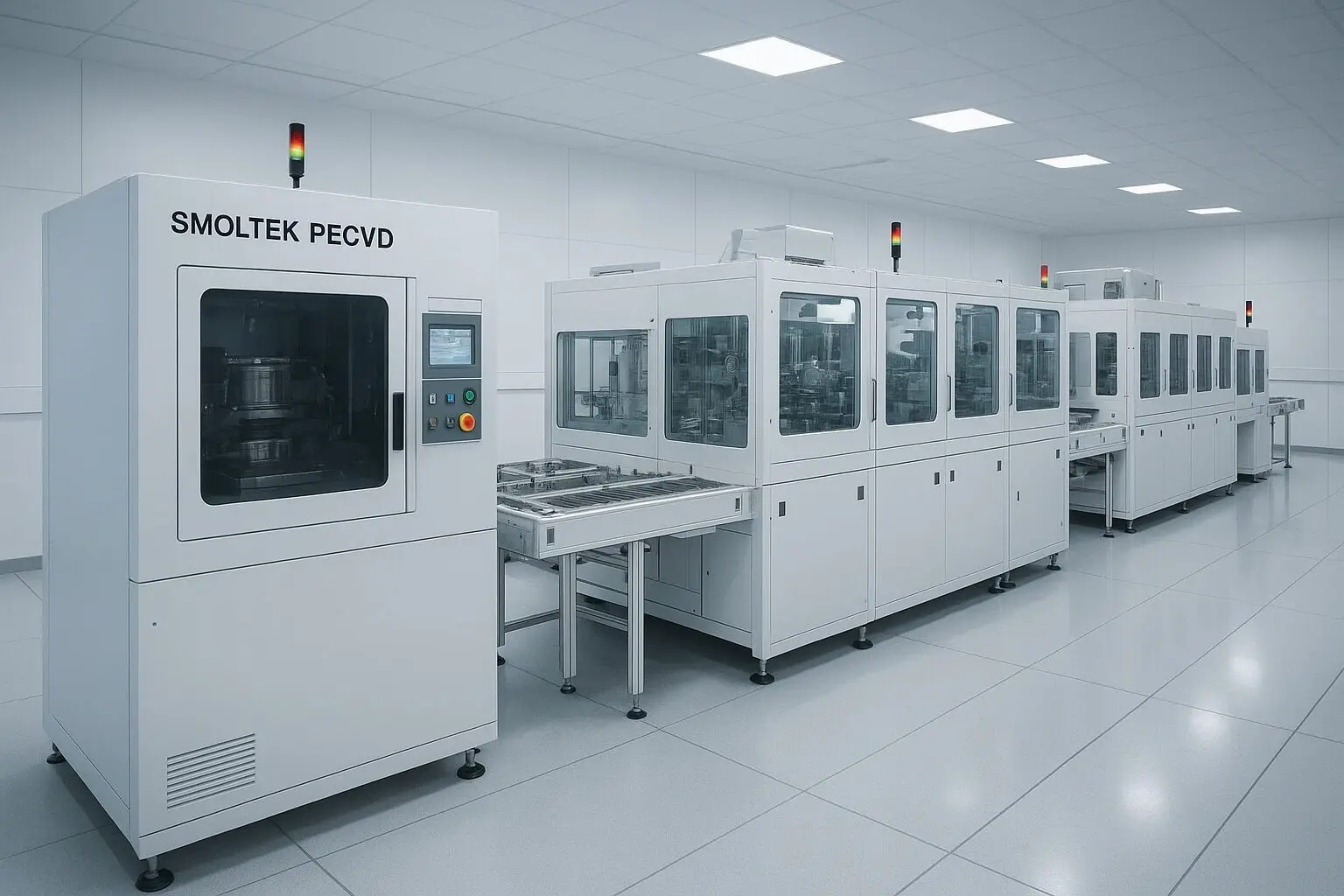
November 17, 2025
Smoltek Semi is currently optimizing the company’s advanced PECVD system to ensure implementation of its most recent technological innovations in CNF synthesis, enabling compliance with stringent customer requirements, prior to installation at ITRI in Taiwan.
News
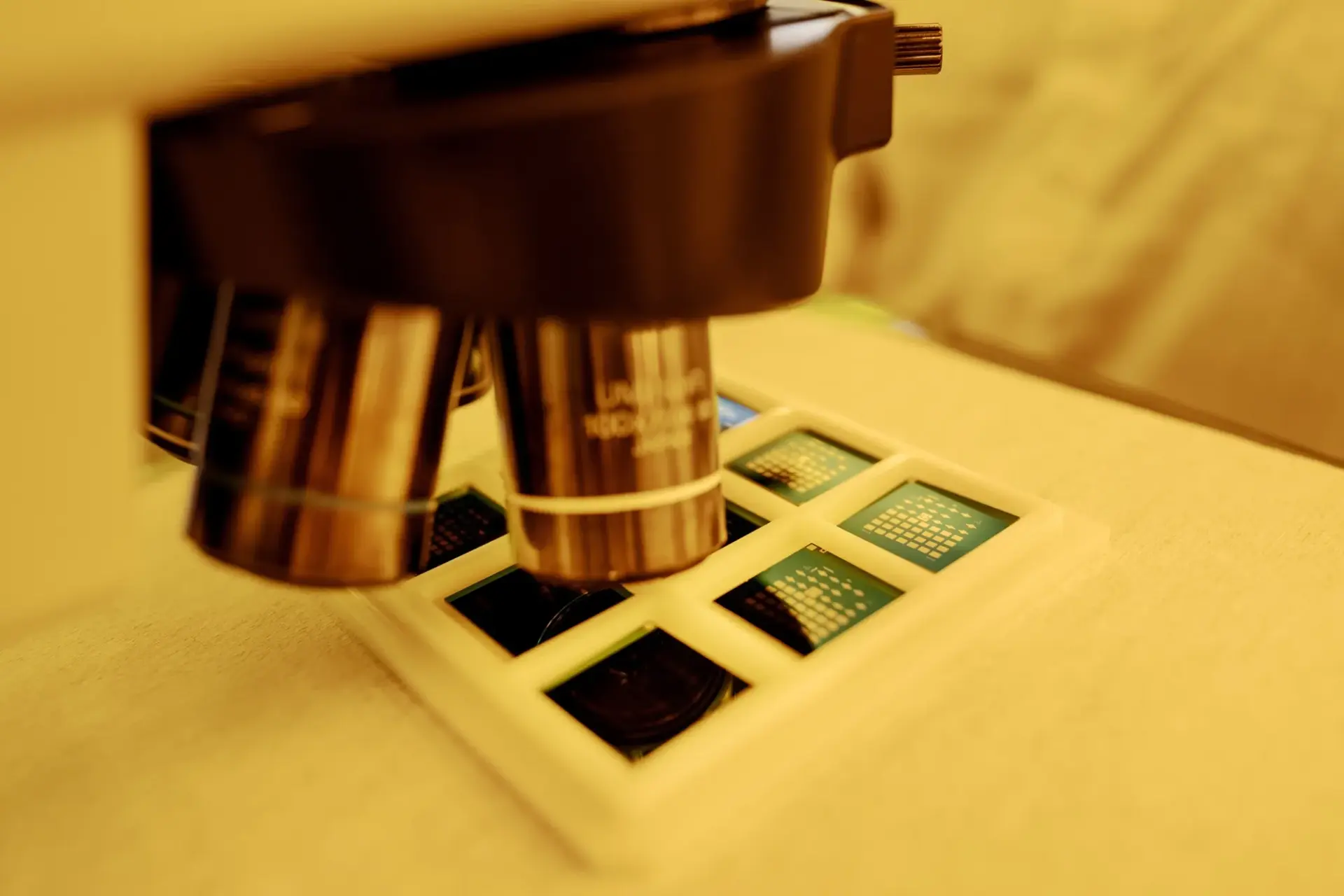
November 5, 2025
Smoltek Semi has reached an important technical milestone in the development of the company’s carbon fiber-based CNF-MIM technology. The capacitors have successfully passed a 1,000-hour high-temperature durability test, confirming the robustness of the technology for advanced applications.
News
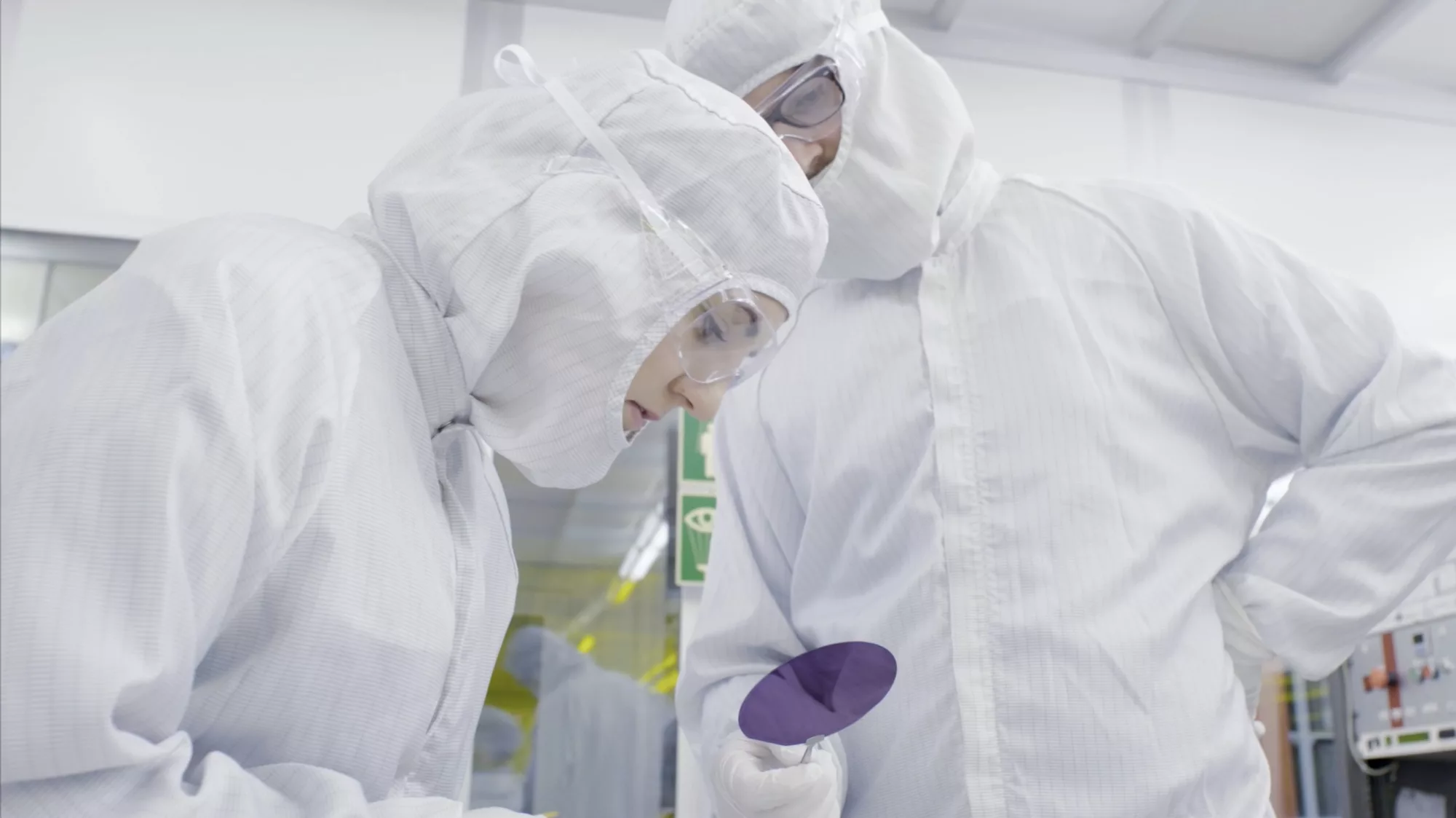
October 24, 2025
Smoltek Semi has acquired a plasma-enhanced Atomic Layer Deposition (ALD) system to implement its advanced dielectric stack on carbon nanofibers. The system will significantly reduce the iteration time of coating processes while enabling innovation and IP generation in dielectric stack technology for carbon nanofiber electrodes.
News
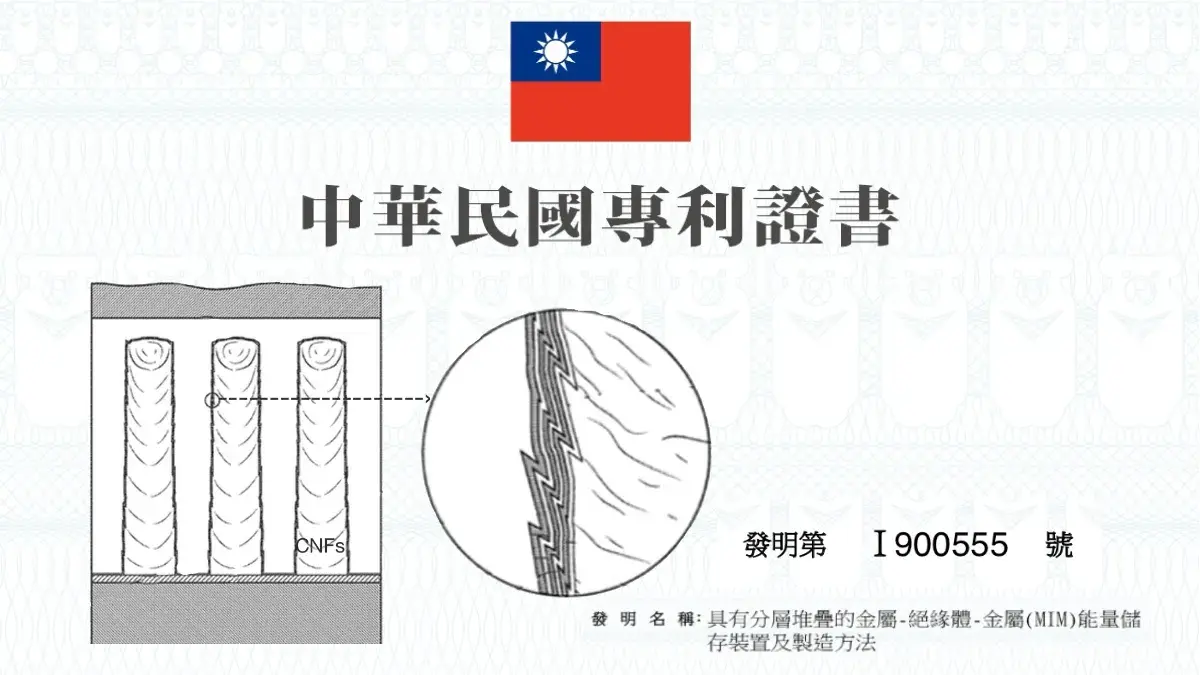
October 16, 2025
Smoltek has been awarded another patent in the Multilayer Cap patent family – an innovation that can double or triple the capacitance density of our CNF-MIM capacitors. This is a key factor for Smoltek's business and technology development.
News
September 17, 2025
Smoltek Semi has successfully participated in Semicon Taiwan 2025, invited by their strategic partner ITRI.